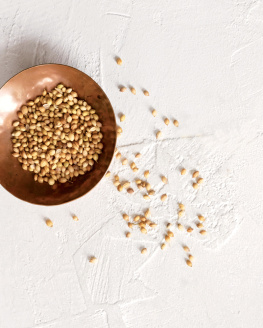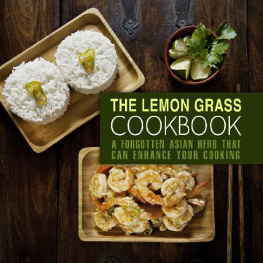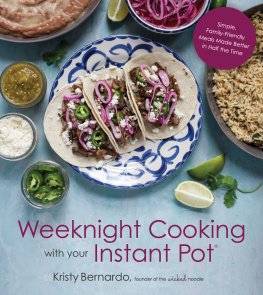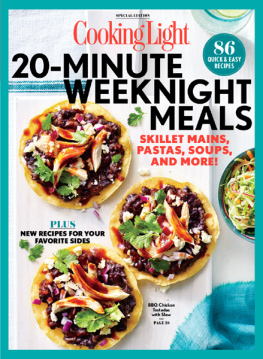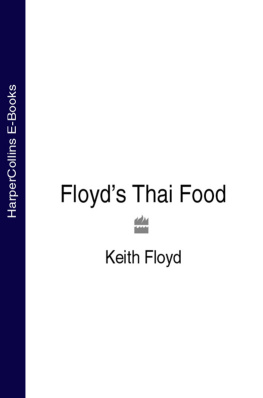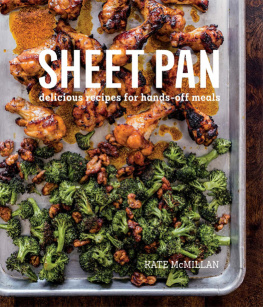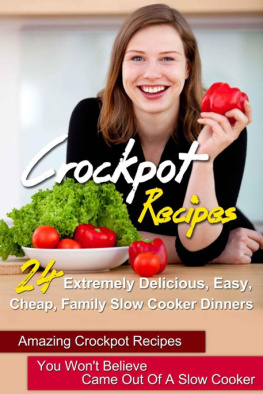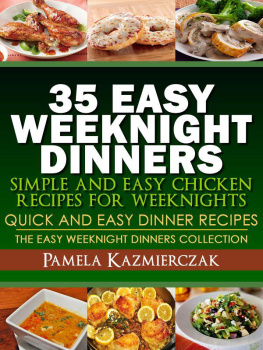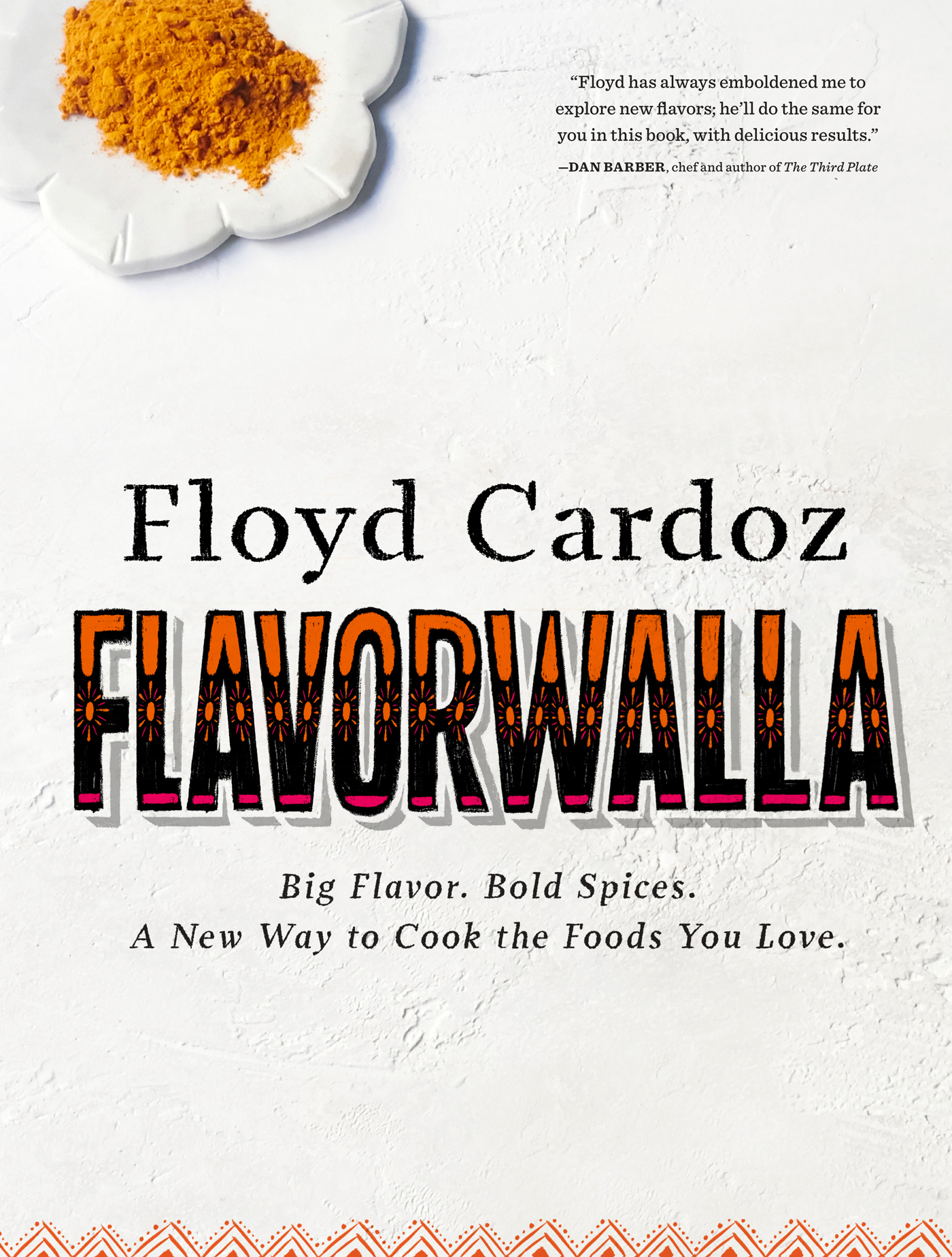Floyd Cardoz
Flavorwalla
Big Flavor. Bold Spices.
A New Way to Cook the Foods You Love.
with Marah Stets
Photographs by Lauren Volo

New York
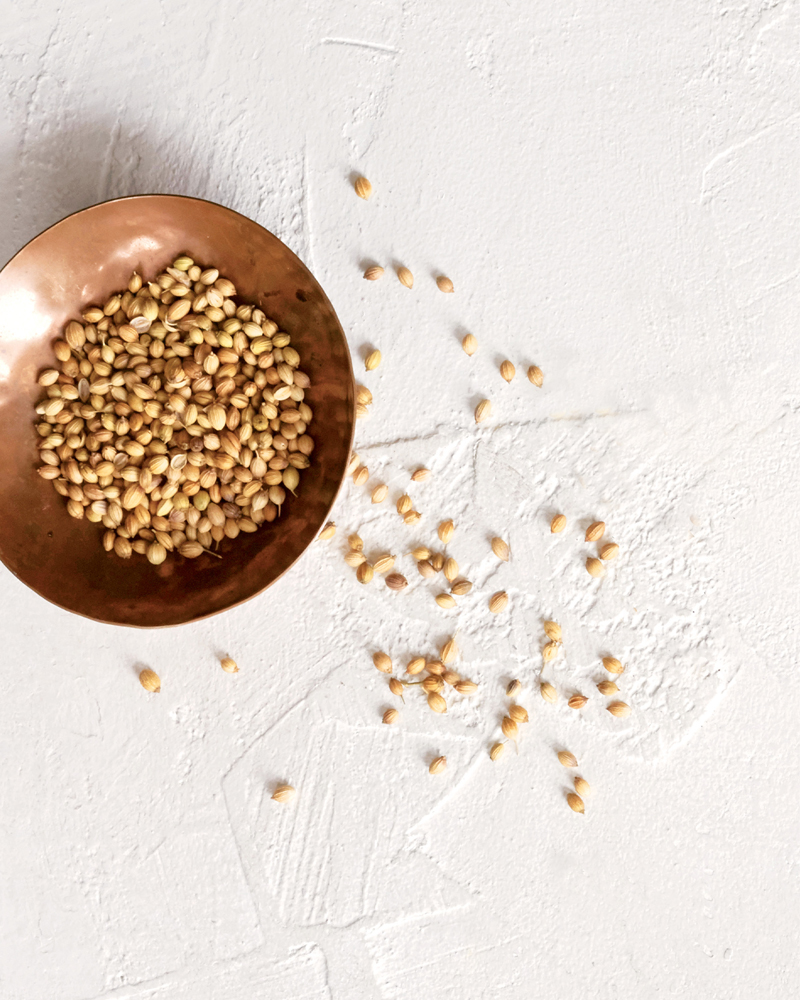
This book is dedicated to my mother, Beryl, and my late father, Peter, who encouraged my love for food.
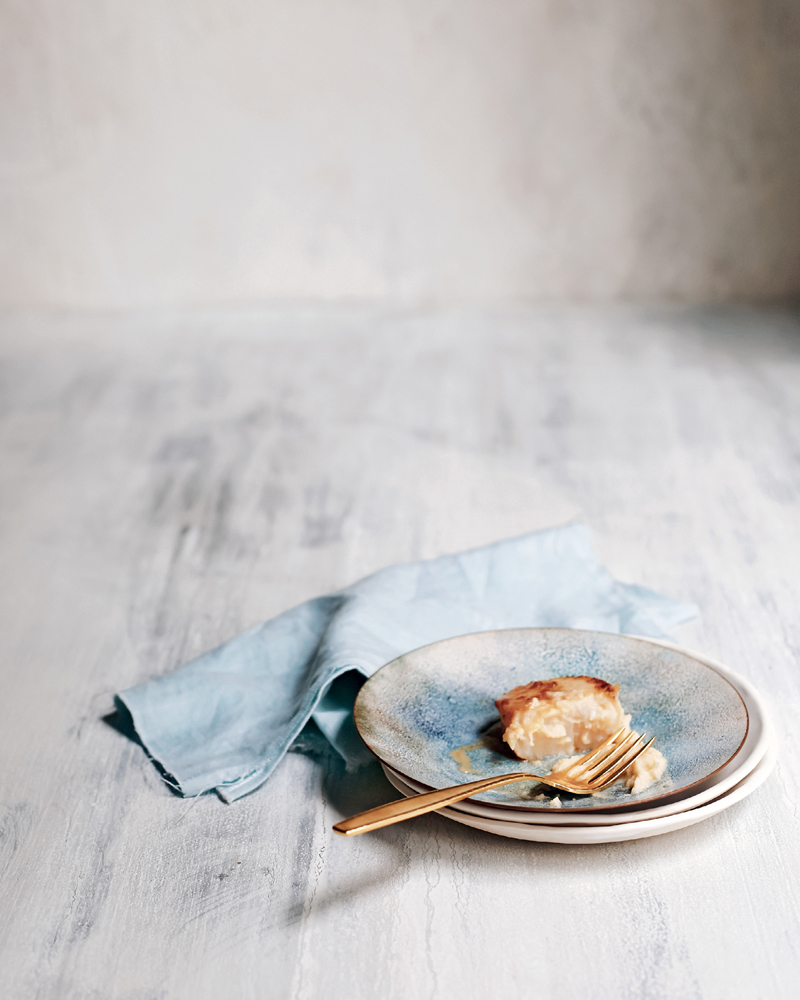
Good food and good cooking are about more than how food tastes or looks on a plate; they are about how good the food makes the person cooking it and the person eating it feel.
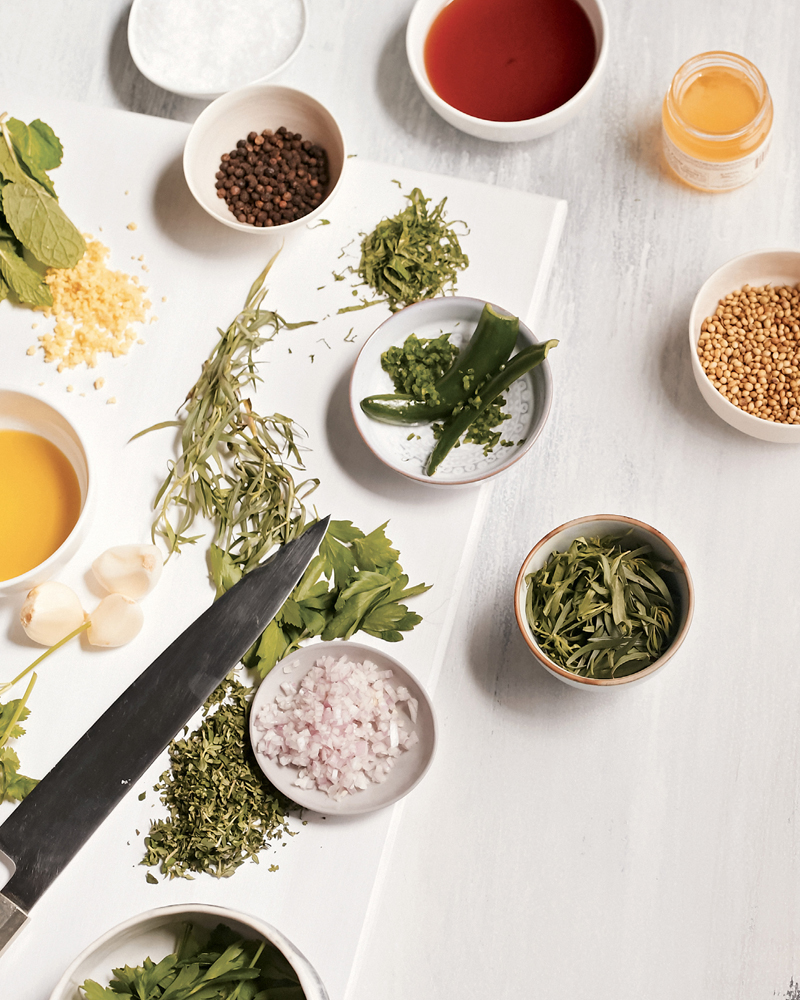
Contents
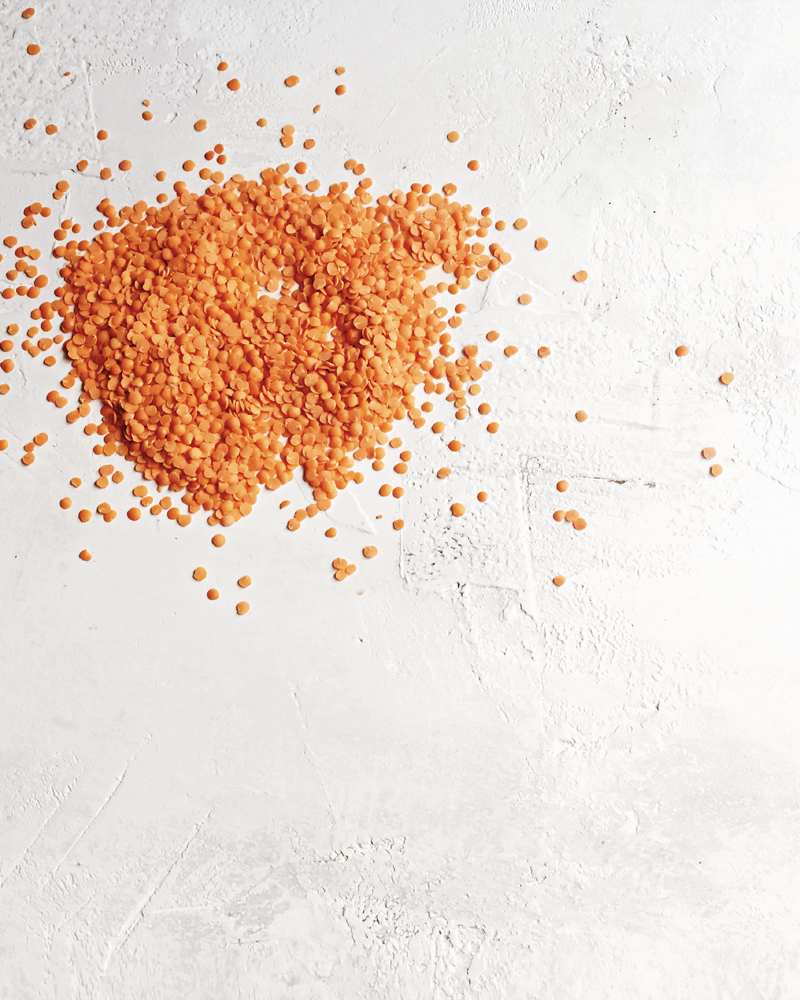
Introduction

When I immigrated to the United States from my native India in 1988, I couldnt know exactly where Id be or what Id be doing twenty-five years later, but I was certain that my life would involve equal measures of food and family. It has been this way since I was a kid. Back then, we caught and ate mullet and zebra fish from the Arabian Sea and held barbecues with our neighborhood friends, and our cook chased down the best produce from the wallas, or vendors, who walked our neighborhood peddling their delicious wares every day. These days, I catch striped bass and fluke off the New York coast with my sons, Peter and Justin, and host backyard cookouts with my wife, Barkha, as often as I can; and if Im not in the kitchen or with my family, youll find me working in my garden or at the farmers market. For as long as I can remember, my days have been focused on what I can look forward to eating or cooking for my next meal. I actually get mad if I have to miss a meal! When I am working I miss at least one meal a day, so I strive to ensure that every weekend day at home includes three complete meals.
My love for food and cooking guided me on my path to becoming a chef. When I started out in the hospitality business, I didnt realize the direction it would take me in. I became a cook before the era of celebrity chefs, back when it was not at all cool to be in the kitchen. I have worked for many years in professional kitchens in New York City, including some very good and some not-so-good Indian restaurants. My first serious break came when I was hired as a line cook at Lespinasse. There my cooking style blossomed. When I manned the stoves at the much-acclaimed and beloved Tabla, we earned a prestigious three stars from The New York Times. During that period, I also had the opportunity to develop a taco stand called El Verano at the Mets Citi Field and the Washington Nationals Nationals Park. El Verano was one of the first taquerias ever to be located in a baseball stadium. I went on to open North End Grill and then White Street, both in Lower Manhattan, where I cooked modern American food with international influences. But as the years went by and I got further away from the kind of cooking I had done at Lespinasse and, especially, Tabla, I realized that my guests at the newer restaurants craved my bold style of flavoring food, and I missed letting loose as I once had. Since then Ive refocused on my spice roots, opening the Bombay Canteen in my native Bombay and Paowalla in New York City, two restaurants that celebrate the wonderful flavors of India.
Between my time at Tabla and at North End Grill, I was offered the chance to participate in season 3 of Top Chef Masters on Bravo, an opportunity that I almost declined because I had planned to go on a food tour of Europe. Im sincerely glad that I ended up skipping the trip and accepting the offer to go on the show, since I eventually won the whole darn thing, including a $110,000 donation for my charity, the Young Scientist Foundation. If youve eaten in one of my restaurants or seen me on TV, you know that I cook bold, flavorful food.
My professional life is extremely important to me, but thats not what this book is about. When I cook in restaurants, I am free to use as many ingredients and components as I feel a dish needs. This book, on the other hand, is about how and what I cook when Im eating at home with my wife and kids, entertaining our friends and family, or, especially, when preparing food for tailgating before or watching on television any Mets or New York Giants game. Furthermore, this is not a book of Indian food. Yes, I was born and raised in India, and my culinary origins are there. But I have now lived and worked in the United States for more than twenty-five years, and Ive traveled the world. My food (like my life) is a fusion of many different cuisines and cultures, with subtle Indian accents. Beyond geographic influences, though, what really marks the food I cook is the unique and complex flavor profile of every dish. Because of the way I seasoned food when I worked with him at Lespinasse, chef Gray Kunz called me Spicy Man. Another colleague christened me Spice King. I like both terms just fine, but the narrow focus on spices is a little misleading. My cooking is about all the flavors I use, not just the spices. Thats why I prefer the nickname Flavorwalla. In India, a walla is a merchant of a specific item or someone who is knowledgeable about a trade. For instance, a chawiwalla is a locksmith, a machiwalla is a fishmonger, and a paowalla is a bread seller.
Im the flavorwalla because I have made my mark as a creator of bold, exciting food with balanced layers of flavors and textures that play off each other. The cooking I do at home is different from what I do in my restaurants primarily in that I use fewer components. However, the layers and balance of flavor and texture are the same. I crave bold flavors in everything I cook and eat. That said, I am certainly an equal-opportunity diner, which means that I love all kinds of food and almost every ingredient. My craving for exciting food sometimes leads me far from home. When Barkha and I travel, I often plan our trips around the foodfrom specialty markets to carts and restaurantsthat will be at or close to our destinations. We do have slightly different definitions of close, though. This is sometimes the cause of dissension between us, as Barkha doesnt always agree that a two-hour drive to and from a meal is entirely rational.
We did agree, however, when our kids were young that one of the most frustrating aspects of parenthood was figuring out what to feed them. Like most kids, Peter and Justin preferred simple food. But to Barkha and me, making only very simple dishes with no variation was not palatable. Plus, considering how much we both love food, it was important to us that the boys learned to really like it, especially because I believe that food is not just about nourishment. It is a vehicle for connecting with your family through your culture. Food is about sharing. I like to say that breaking bread is the best way to break down borders. We knew we had to keep our sons engaged in the process rather than risk alienating them with foods they werent yet ready to enjoy. I figured that actually asking them what they wanted to eat as opposed to making them something that we wanted was a good way to go about it. Often we would leave the main protein very plain, and then wed expand the flavor profile of the side dishes, adding a little bit of spice and more flavor to them to introduce the kids to new tastes. Even today, when I make a roast chicken or a steak at home, I often keep that fairly straightforward and make the starch and vegetables more complex. Our boys have grown into very adventurous eaters. And even though they love Indian food now, they, like Barkha and me, dont want to have it at every meal. On the other hand, if I ever cook food that is as bland as the food they once craved, they are disappointed that they are missing the excitement of the spices and the layers of flavor.

